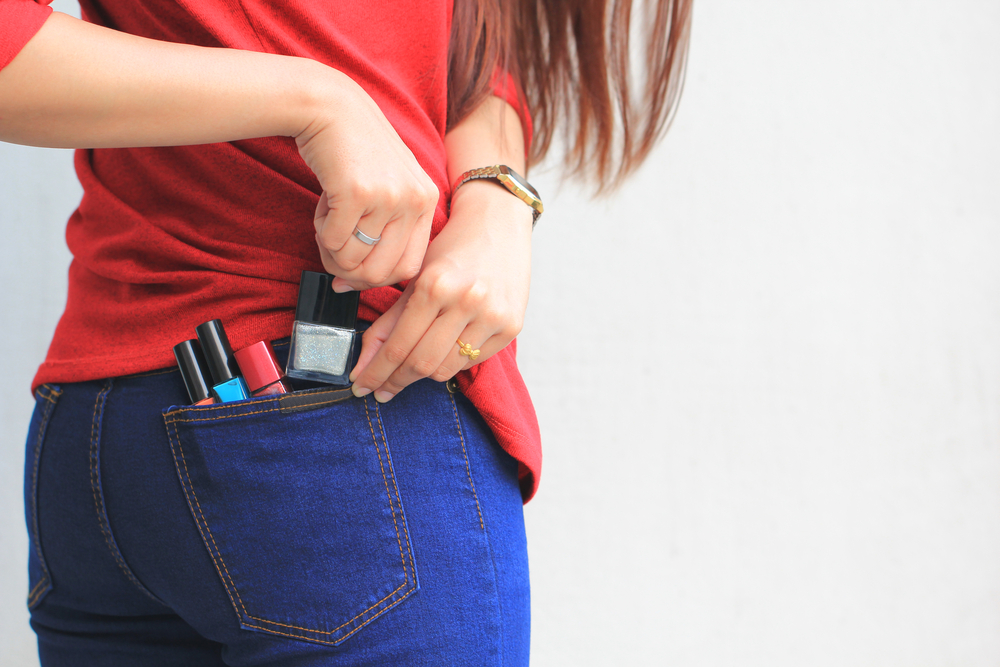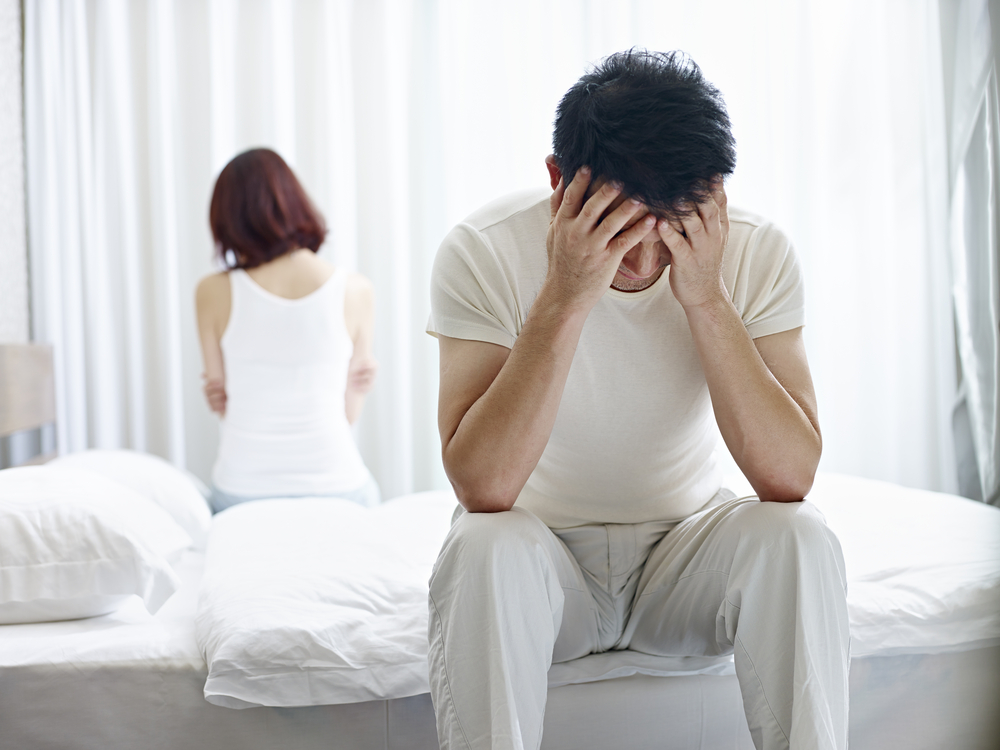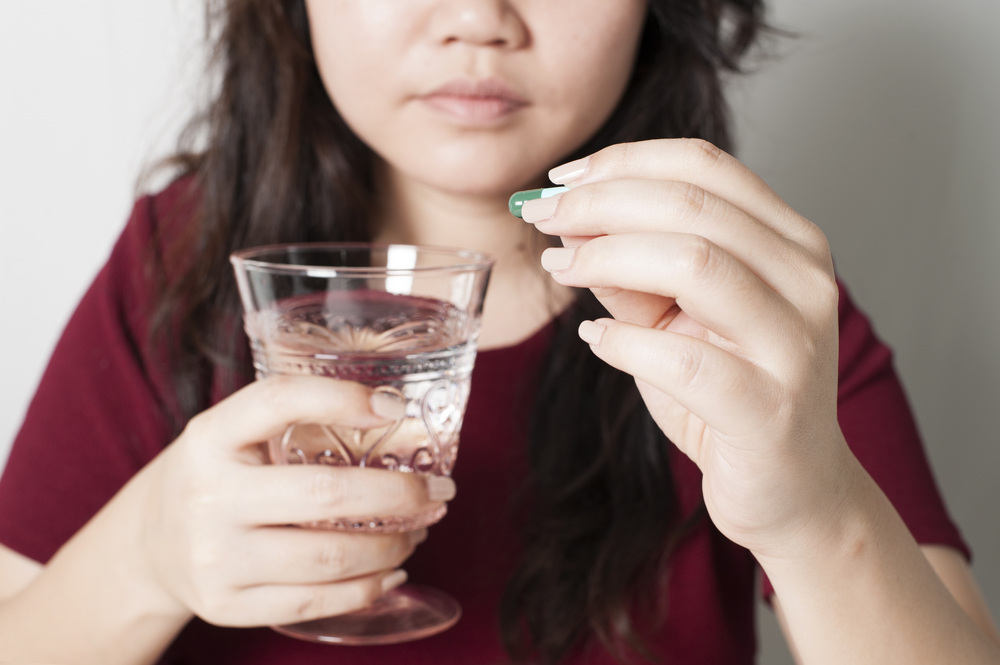Contents:
- Medical Video: Inside The Laughing Gas Black Market
- What is laughter gas?
- What is the function of laughter gas?
- How to use this nitrous oxide?
- What effect does it have after breathing laughter gas?
- What will happen if someone overdoses on laughing gas?
- Who can't use laughing gas?
Medical Video: Inside The Laughing Gas Black Market
Maybe you often hear tear gas, but what about laughing gas? For what exactly is this gas used? And can laughter gas really make someone laugh?
What is laughter gas?
Unlike tear gas which can be used as a weapon to make the eyes sore and reduce the ability of vision for a moment, laughter gas is a type of drug used to anesthetize patients indirectly. Laughter gas, or nitrous oxide, is a gas used for medical purposes that aims to make the patient comfortable and relaxed when medical treatment takes place.
Laughter gas or in medical language is called sedative gas, containing nitrous oxide which causes a person to be calm and comfortable when breathing the gas. Nitrogen oxide is often used by dentists or other professional medical personnel to make patients feel relaxed, calm, and comfortable while taking medical action or when patients experience unbearable pain.
Actually, laughter is just an indirect side effect of nitrous oxide. Patients given this gas usually also experience mild hallucinations, at the same time they feel relaxed, so often the effects that arise from hallucinations are laughing, even though these side effects do not occur in everyone.
READ ALSO: What Must Be Prepared Before Youngest Dental Surgery
What is the function of laughter gas?
Laughter gas is actually used for anesthesia or anesthesia, which is given to patients when taking medical actions, both as general anesthesia, and mixed with other anesthetics. Actually, for the size of anesthesia, nitrous oxide is classified as a weak anesthetic. Therefore, for moderate to large medical measures, laughter gas is only used as a mixture of other anesthetic drugs. Whereas in the world of dentistry, this gas is very sufficient to anesthetize patients in any mild to moderate medical action, and is used in patients of children and adults.
In addition, laughing gas is also often used for medical treatment that requires a short time such as a colonoscopy, sigmoidoscopy, patients who are in ambulances, and cancer patients who feel chronic pain due to the disease.
How to use this nitrous oxide?
Like gas in general, laughing gas will work if inhaled by someone. In medical treatment, nitrous oxide is often mixed with oxygen so that patients do not lack oxygen during inhalation of this gas. Patients are usually given a complete mask with a hose that is already connected with nitrous oxide gas cylinders. This anesthesia is only used for a short time, because if inhaled for a long time it will cause various health problems.
The use of laughing gas is susceptible to misuse because of its effects that cause pleasure. Thus, the use of laughing gas must be supervised by skilled medical personnel, because it requires a separate tool used to breathe gas. If the gas is directly inhaled from the tube, it will cause inflammation of the nose, throat, and mouth because the gas inhaled has very cold temperatures. In addition, tubes from nitrous oxide gas are prone to exploding, so unattended use can pose a risk of cold burns due to a possible tube explosion.
READ ALSO: How to Detect Drinks that have been mixed with Anesthetic
What effect does it have after breathing laughter gas?
Until now there is no standard rule that regulates the dose of laughing gas that is allowed to be inhaled by a patient. But still, every use of the drug there must be side effects that may arise from its use. The impact that arises from breathing nitrous oxide in each person is different, depending on the following:
- Amount and dosage of inhaled gas
- The weight and height of each patient
- Consumption of other drugs that might cause interactions between drugs and laughter gas.
After the patient breathes the laughing gas, the effect will occur in a matter of minutes and the effects that arise are:
- A sense of euphoria
- The body becomes numb
- Feeling comfortable and calm
- Suddenly he wants to laugh and can't control it
- Blurred vision
- Confusion
- Dizziness and light sensitivity
- Feel tired and weaker than usual
- Sweating
READ ALSO: 5 Most Horrific Medical Procedures Throughout History
What will happen if someone overdoses on laughing gas?
The use of large amounts of nitrous oxide gas can result in the following:
- Drop in blood pressure
- Fainted
- Heart attack
The use of this gas must not be for a long time, because of the risk of causing various conditions such as:
- Memory loss
- Decreased levels of vitamin B12 in the body which can cause mental disorders and problems in the nervous system
- Ringing to the ears
- Numbness in the feet and hands
- Give birth to a disabled child, if used during pregnancy
- Decreased immune system
- Depression
- Reproductive system disorders
- Mental disorders
Also, inhaling nitrous oxide for too long - without mixing it with oxygen - will also cause the body to lack oxygen and the body to become hypoxic. When the body experiences hypoxia, various bodily functions will be disturbed, especially the function of the nervous system.
Who can't use laughing gas?
In general, nitrous oxide is a gas that is safe to use for all ages and circles. However, there are several conditions experienced by patients that cause them to be unable to breathe laughter gas because it will make things worse, as in patients with respiratory disorders. While patients who experience diseases such as stroke, hypertension, and several other heart diseases, need special attention and more if using this laughing gas. The use of laughing gas is also avoided for pregnant women because it will have an impact on the development of the fetus.












